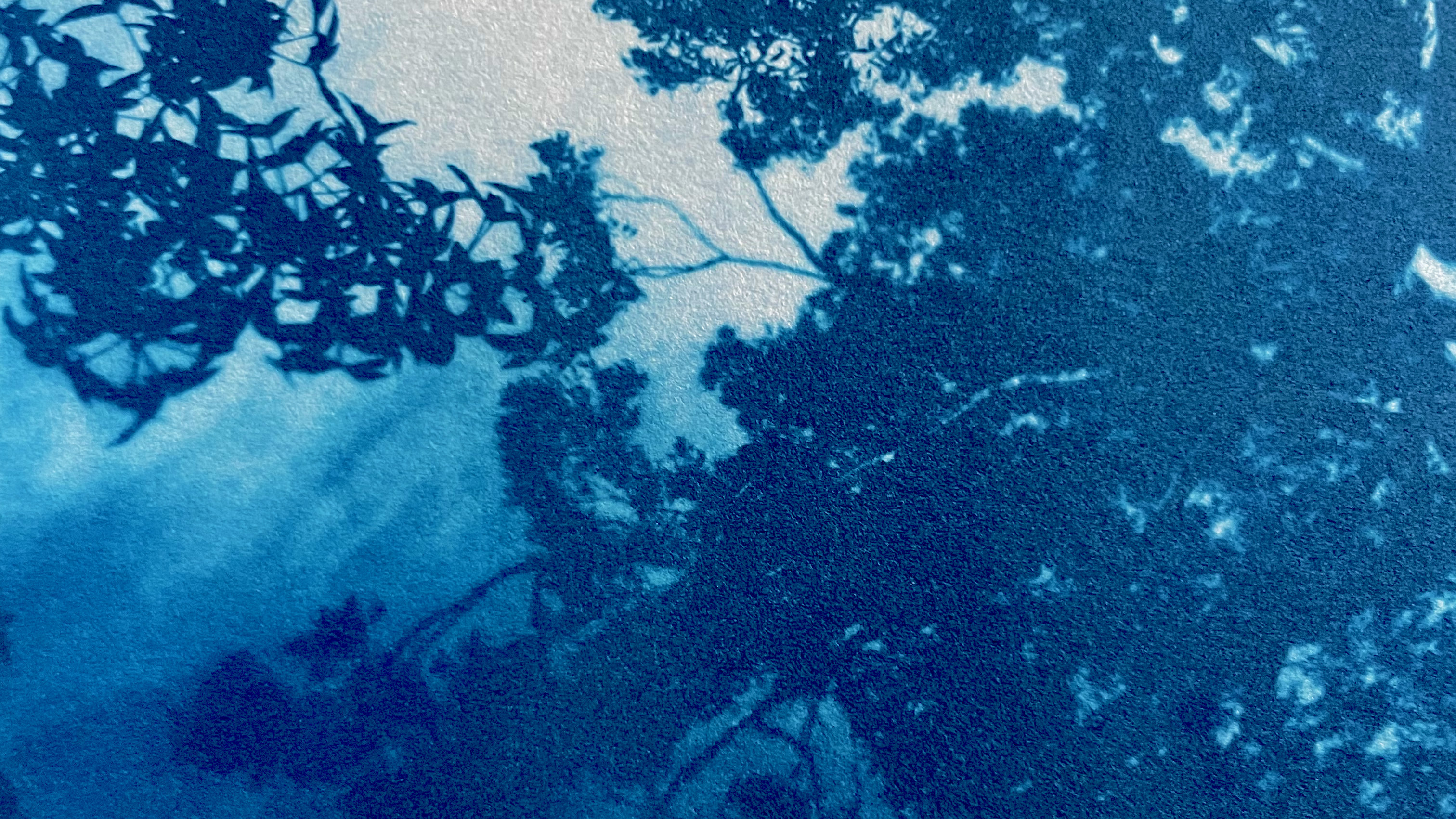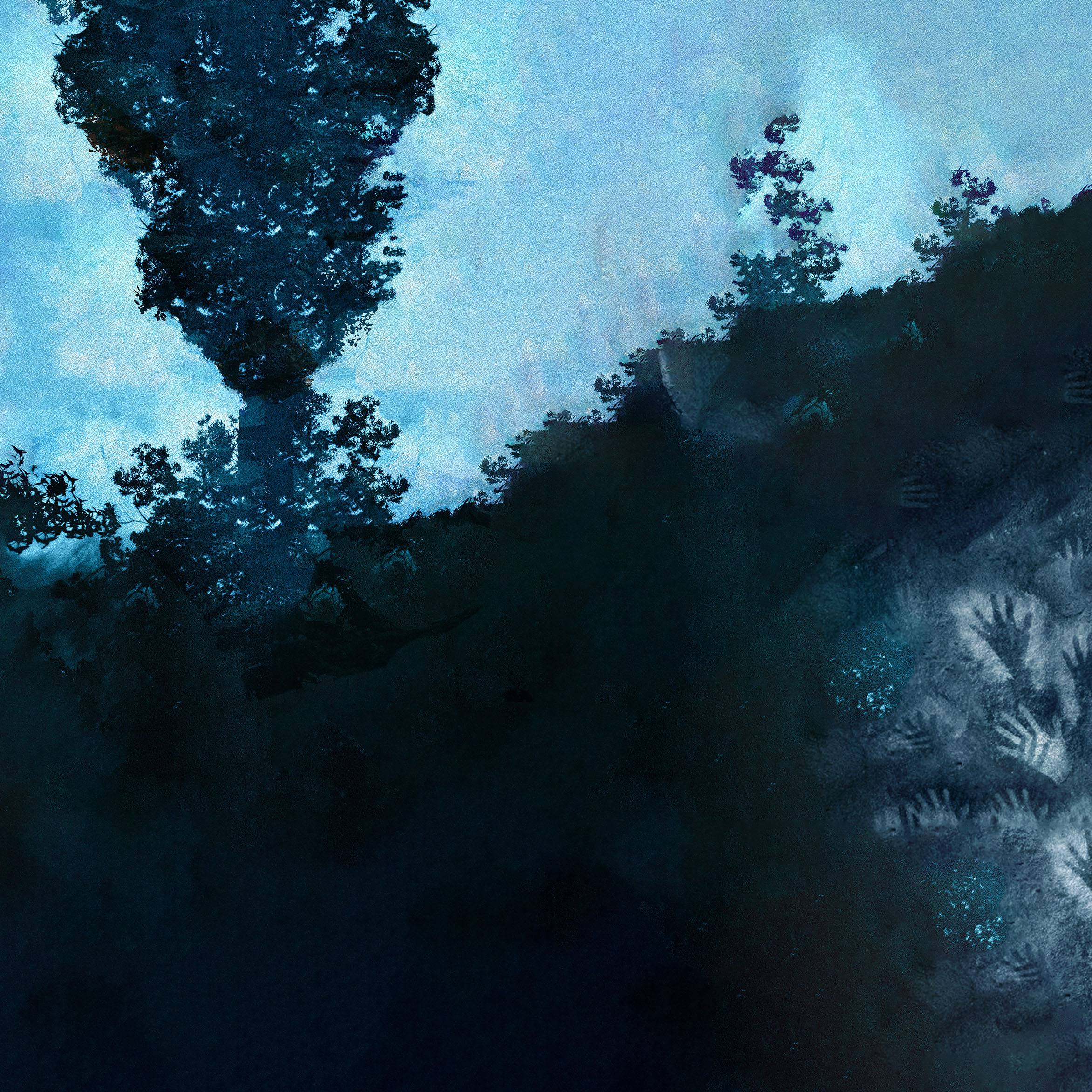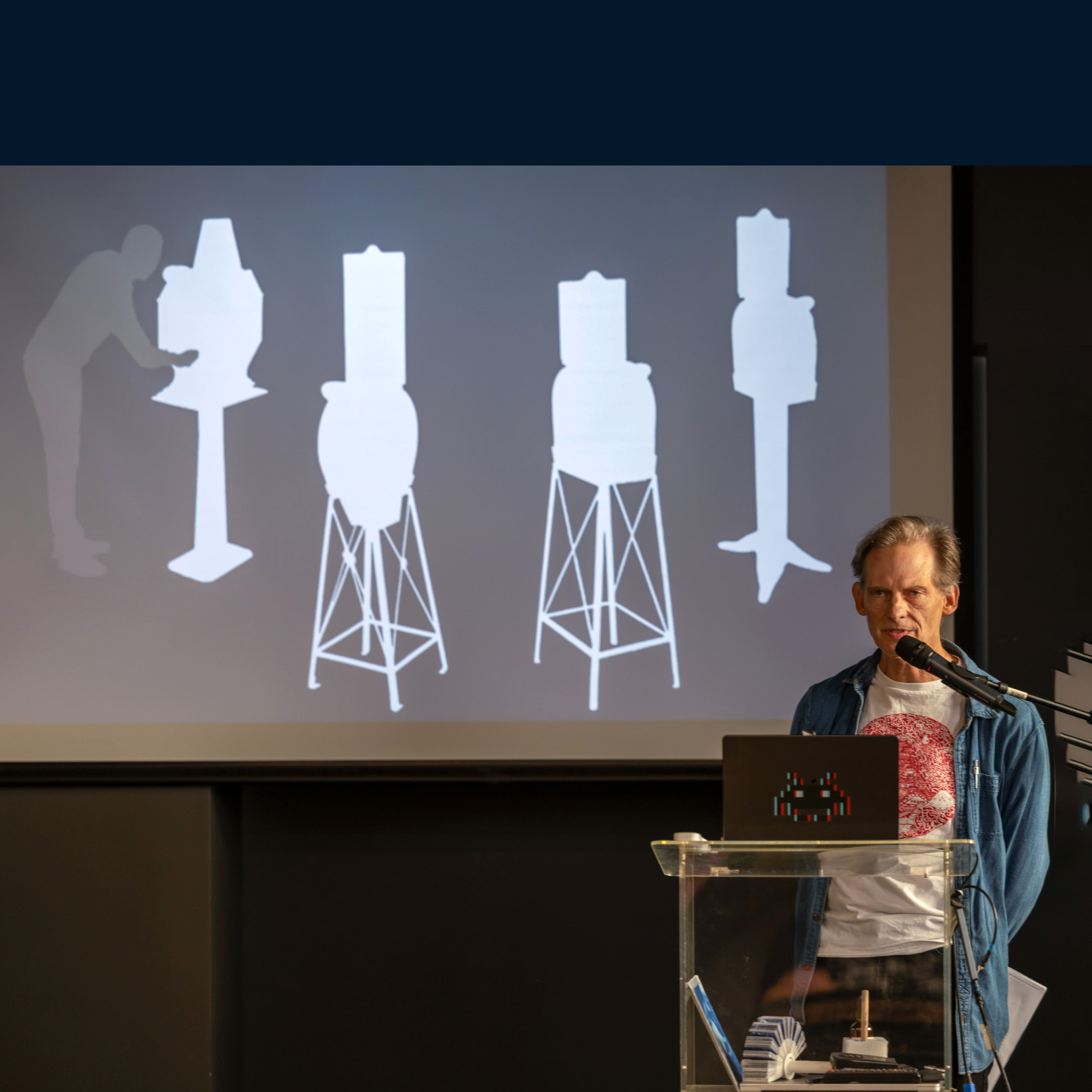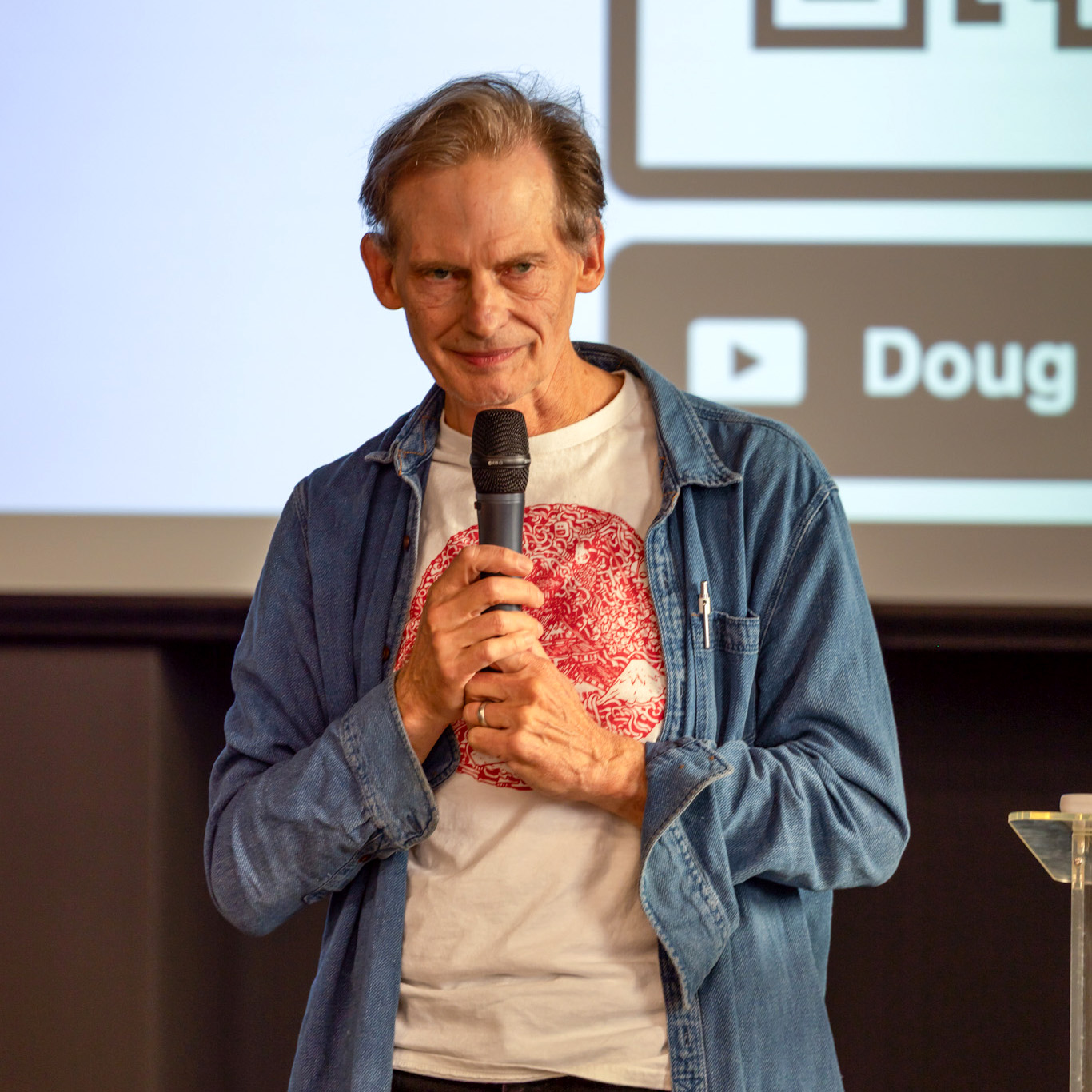Hackaday Supercon Talk: Ghost Prints from a Broken Magnet
Hackaday Superconference 2025 | October 31 - November 2
Pasadena, California
I was excited to present my latest project at this year's Hackaday Superconference—a speculative art-science exploration that bridges 19th-century photography, ancient geomagnetic catastrophes, and post-digital imaging.
Ghost Prints from a Broken Magnet: Cyanotypes and the Laschamps Excursion
Douglas Goodwin
Presented at Hackaday Supercon 2025, SupplyFrame Design Studio Lab, Pasadena
The Iron Archive is an experiment in cinema designed for collapse. Artist and educator Douglas Goodwin reimagines the motion picture as a durable, mechanical, and chemical medium—one that can outlast grids, file formats, and fragile infrastructures. Combining computation, handcraft, and nineteenth-century photochemistry, Goodwin constructs an image system that asks how moving images might persist when electricity, networks, and memory fail.
At the center of the project are four cast-iron mutoscopes—hand-cranked motion picture machines originally built in the 1890s—each containing 850 cyanotype photographs. The blue prints, produced through sunlight and water rather than power or pixels, record four thematically linked reels: Earth, Sky, Shelter, and Threats. Together they form an “iron archive,” a kinetic library of 3,400 images that operate without electricity. When the viewer turns the handle, motion is generated by human energy alone—cinema as an act of endurance.
The work draws on the geological and mythic resonance of the Laschamps Excursion, a geomagnetic collapse that occurred roughly 42,000 years ago when Earth’s magnetic field weakened and the poles wandered. Archaeologists have linked that period to a surge in cave habitation and to the use of red ochre pigment—iron oxide—as both protection and expression. For Goodwin, that ochre is the first archival technology: iron pressed into stone as record and refuge. The cyanotype, a ferric ferrocyanide process invented by John Herschel and popularized by Anna Atkins in 1842, becomes its modern counterpart—a blue continuation of iron’s memory.
The presentation culminated with footage from Threats, a reel made using magnesium light and a custom steel-mesh light-field camera that allows radiation to “photograph itself.” These volatile flashes, captured in Prussian blue, expand the project’s scope from mechanical endurance to energetic inscription.
The Iron Archive proposes image-making as survival practice—an art of resistance against ephemerality. From the red ochre of Paleolithic caves to the blue iron of cyanotype paper, Goodwin situates the human desire to record within Earth’s own magnetic history. “When the poles move,” he says, “iron remembers.” The work stands as both warning and invitation: a cinema that endures by returning to the elemental.








